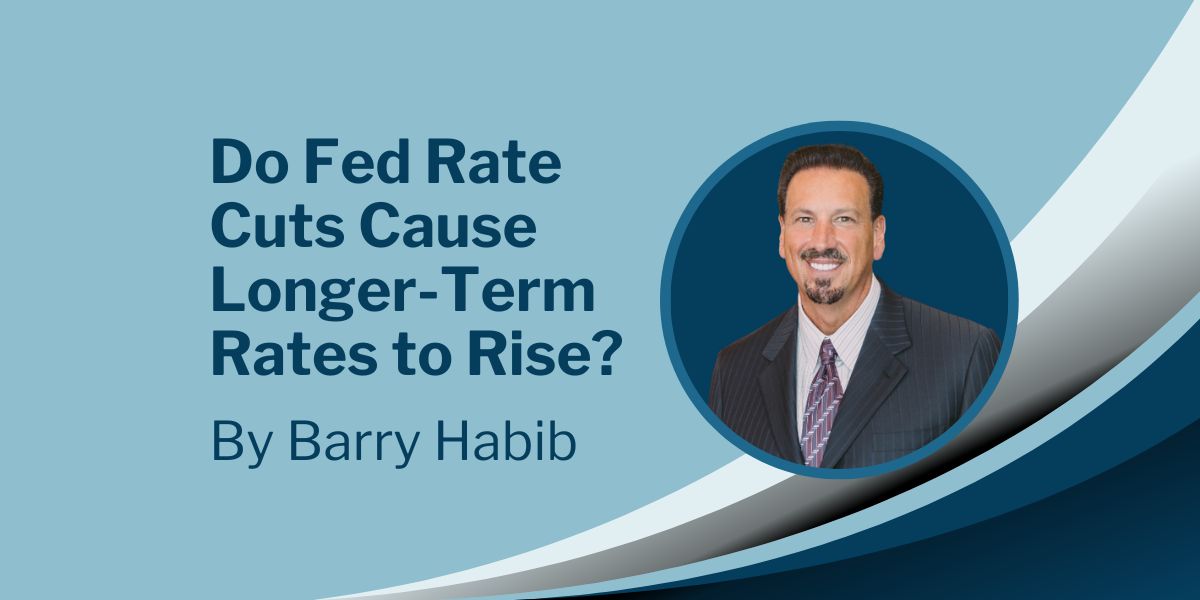Mixed messages are swirling in the latest job market data. What does it all mean? Read on for key details on job gains, openings, unemployment and more inside.
· Strong June Jobs Report Reinforces Fed Caution
· Private Payrolls Decline in June
· May Job Openings Rise Unexpectedly
· Continuing Unemployment Claims Edge Closer to 2 Million
Strong June Jobs Report Reinforces Fed Caution

June's Jobs Report from the Bureau of Labor Statistics came in stronger than expected, showing 147,000 jobs added last month – well above the 110,000 forecast. Positive revisions also added another 16,000 jobs to the April and May totals combined, a notable change from recent downward adjustments.
Looking closer at the numbers, a significant portion of the gains came from government employment (+73,000), with state and local education accounting for 63,000 of those jobs. The unemployment rate also saw a slight dip, falling from 4.2% to 4.1%.
What’s the bottom line? The Federal Reserve keeps a close watch on both inflation and employment data. Their main job is to balance keeping prices stable and achieving maximum employment. This can be tricky, especially with economic uncertainties like new tariffs in the mix. Generally, if inflation remains high, the Fed is less likely to lower interest rates. Conversely, signs of a slowing economy might lead them to consider cuts.
Given the current economic picture, policymakers have been sticking to a cautious "wait and see" approach. They've kept their benchmark interest rate, known as the Fed Funds Rate, steady at 4.25% to 4.5% throughout this year. (Quick note: this rate influences overnight lending between banks, which then impacts broader interest rates across the economy, though it doesn't directly set long-term rates like mortgages.)
The Fed's future decisions will continue to depend on incoming economic data. They've often pointed to a solid job market as a key reason for their current cautious stance. While we are starting to see some signs of cooling in the labor market (more on that below), the stronger-than-expected June report reinforces the likelihood that the Fed will maintain its cautious approach and keep rates steady at their next meeting later this month.
Private Payrolls Decline in June

The private sector shed 33,000 jobs in June, significantly missing the expected gain of 95,000, according to ADP data that contrasted sharply with the BLS report. This marks the first decline since March 2023 and suggests economic uncertainty is impacting hiring. May's already tepid growth was also revised lower, from 37,000 to 29,000.
Small businesses (1-49 employees) were hit hardest, cutting 47,000 jobs. Medium firms (50-499 employees) also lost 15,000 positions, while large companies (500+ employees) added 30,000 jobs.
By industry, leisure/hospitality led gains with 32,000 new hires, despite signs of slowing travel and tourism. Professional/business services (-56,000) and education/health services (-52,000) reported the largest losses.
Wage growth eased slightly to 4.4% for existing employees and 6.8% for job-changers.
What’s the bottom line? Dr. Nela Richardson, ADP chief economist, noted that while layoffs are still rare, "a hesitancy to hire and a reluctance to replace departing workers led to job losses last month." However, she added, "the slowdown in hiring has yet to disrupt pay growth."
May Job Openings Rise Unexpectedly
May saw a surprising increase in job openings, rising to 7.769 million from April's 7.395 million and exceeding forecasts. The strongest growth occurred in the leisure/hospitality, finance/insurance, and healthcare sectors.
However, other labor market indicators show less strength. Both the hiring rate (3.4%) and the quit rate (2.1%) remain near their lowest levels in a decade (excluding the pandemic period). These persistently low rates suggest that job seekers may face challenges, and worker confidence in the labor market could be subdued.
What’s the bottom line? Despite the increase in May, the total number of openings is still significantly below the peak of over 1.2 million seen in 2022. Furthermore, the reported figures might be inflated by remote job listings posted in multiple states, potentially overstating the number of unique opportunities available. Plus, a significant indicator of cooling is the job openings-to-unemployed ratio, which has fallen sharply from over 2:1 in 2022 to roughly 1:1 today.
Continuing Unemployment Claims Edge Closer to 2 Million
Initial jobless claims dipped slightly last week, falling by 4,000 to 233,000. While a small drop, this number is still higher than what we saw early in the year. What's more notable is the trend in continuing claims – people receiving benefits for more than a week. These held steady at a high 1.964 million. Continuing claims have been stubbornly above 1.8 million for over a year, and now consistently above 1.9 million for six straight weeks.
What’s the bottom line? The combination of elevated initial claims and persistently high continuing claims signals ongoing pressure on the labor market. Crucially, since unemployment benefits typically last only 26 weeks, the fact that continuing claims remain high even as some people's benefits expire points to underlying weakness and a slower pace of hiring than needed to absorb those looking for work.
Ready to close more deals?
ListReports automatically delivers personalized marketing collateral to your inbox helping you engage with your customers and prospects.



.png)
.jpg)
